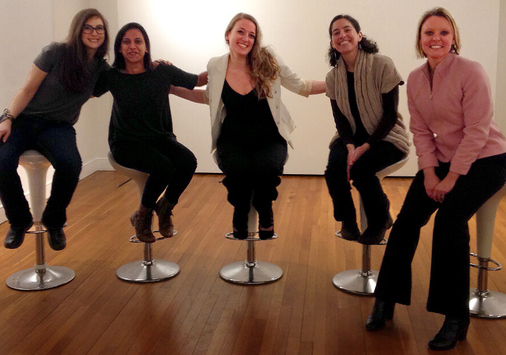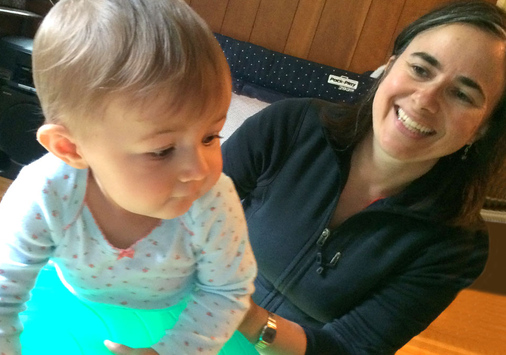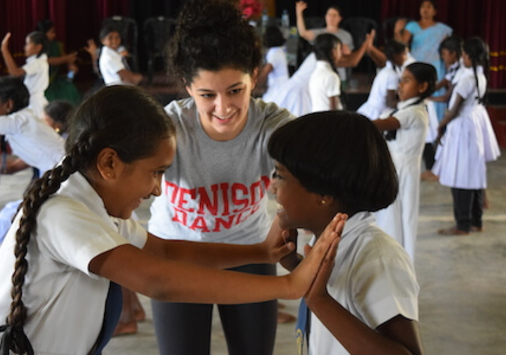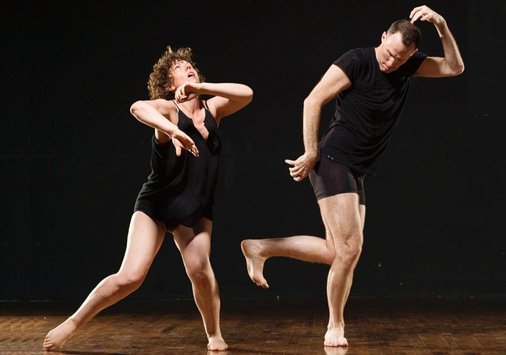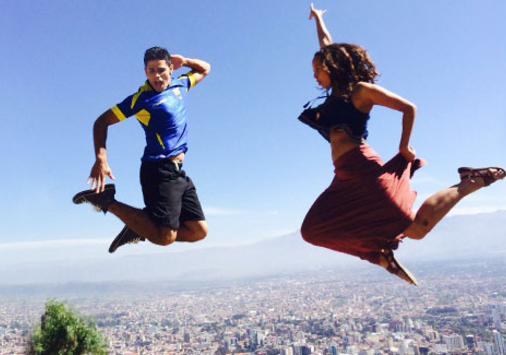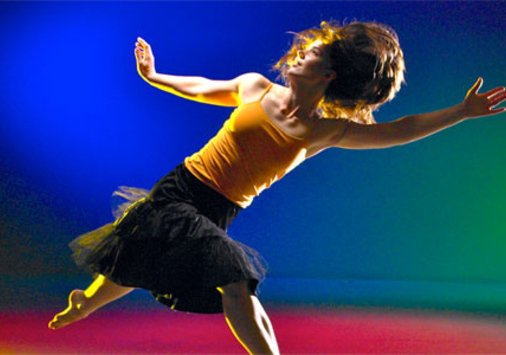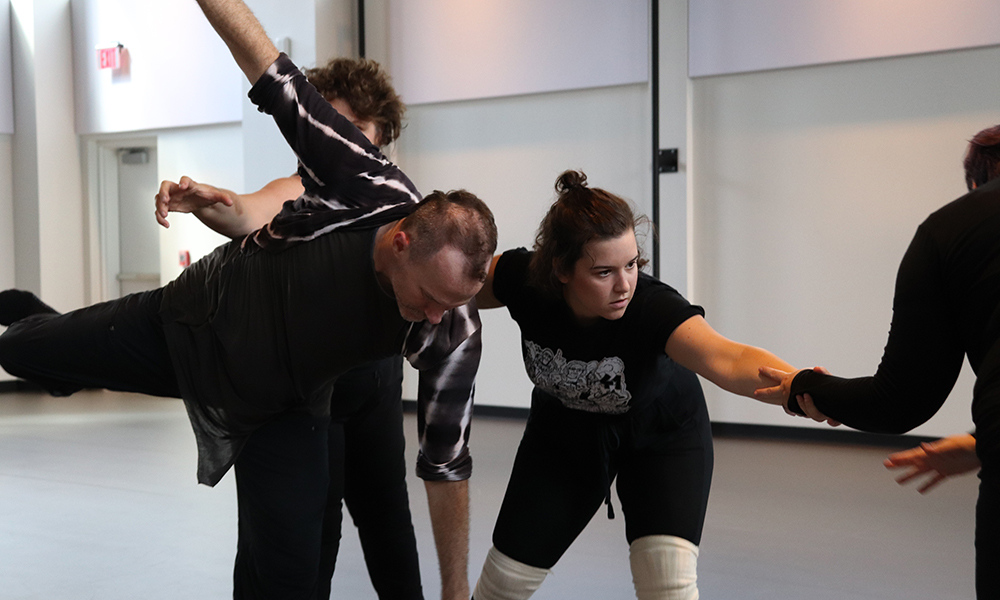
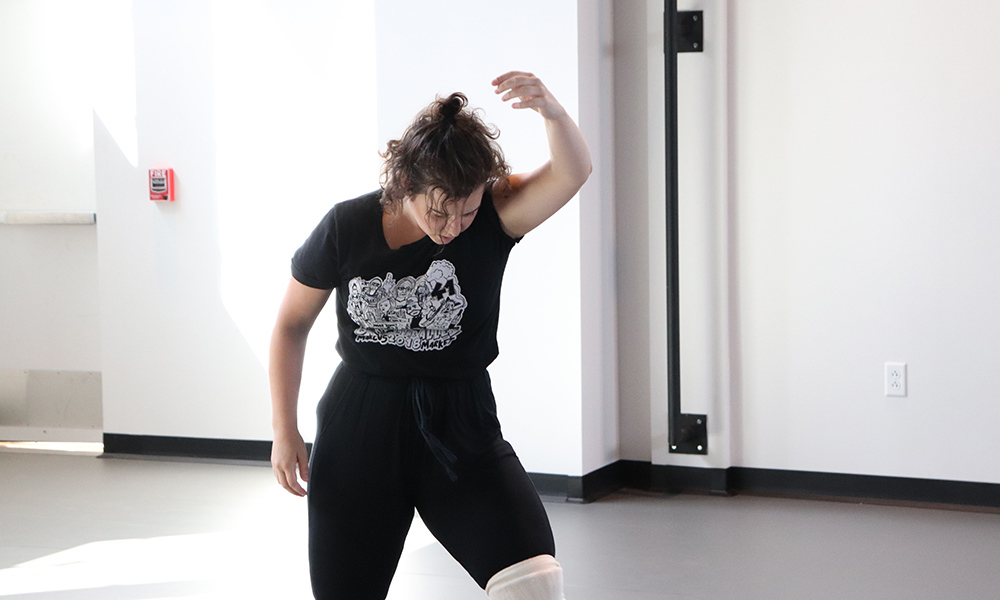
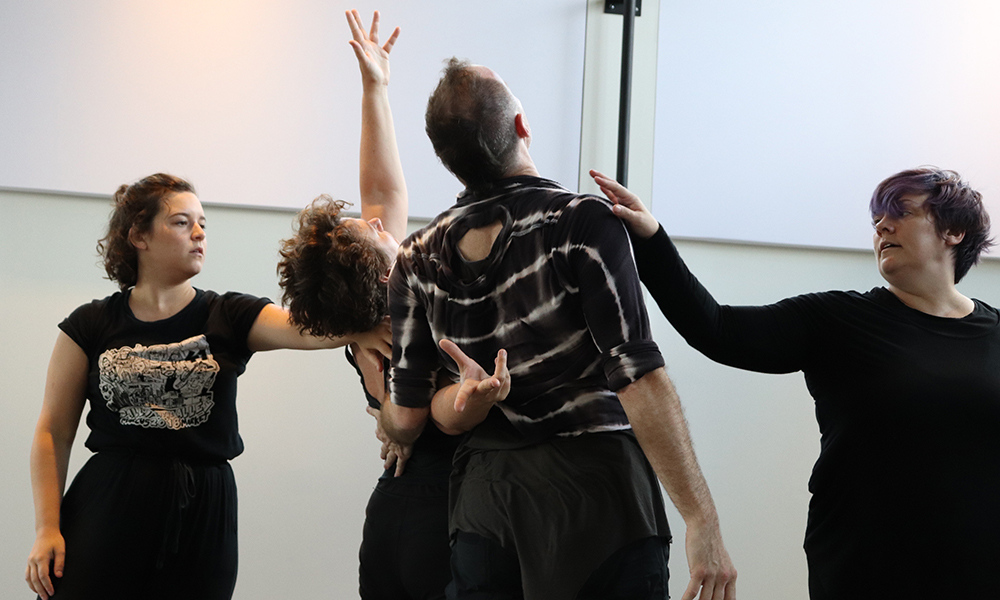
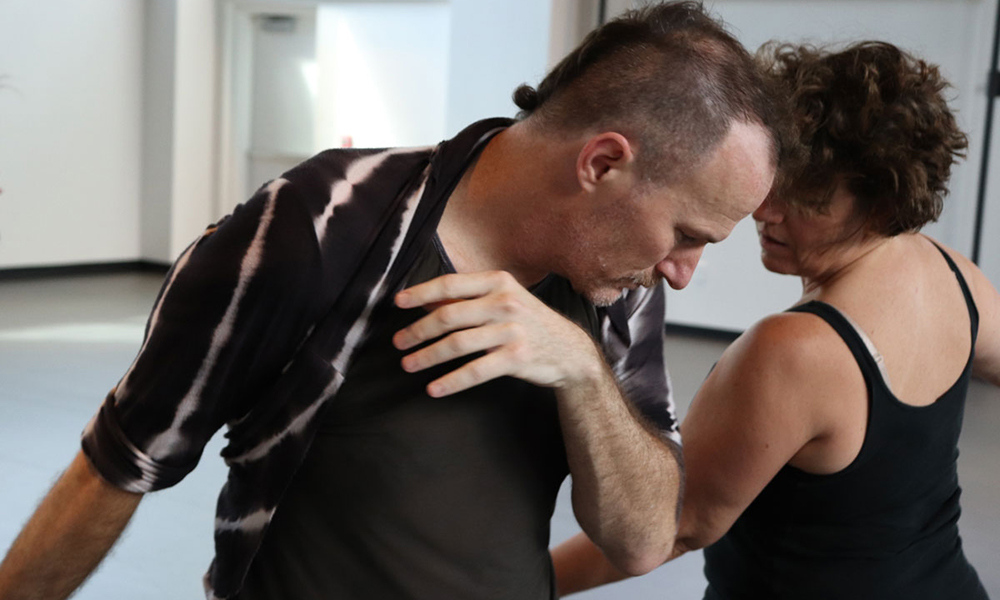
Denison’s Department of Dance presents Assistant Professor Molly Shanahan’s project titled “EX/BODY: wake, dam steel.” The 50-minute piece includes five dancers and will take place in the new Sharon Martin Hall in the Michael D. Eisner Center for the Performing Arts. The piece explores movement patterns related to trauma and the idea of trauma as stuck or buried movement in the body.
In addition to her position as Assistant Professor, Shanahan ‘90 is the founder of the Chicago-based dance company, Molly Shanahan/Mad Shak. This year marks the 25th anniversary of the company.
Rather than presenting a narrative depiction or representation of trauma, the dancers created the work by paying attention to movement buried in stuck places in the body. Shanahan shares her thoughts on the piece: “EX/BODY isn’t a depiction of trauma, in other words it’s not a narrative story “about” a traumatic experience or about trauma in general. It is an abstract dance in the aesthetic sense, like much contemporary dance and much of my work. However, it isn’t at all abstract in that bodies—without words or textual language—tell stories through how they move, behave, react, and relate. Current trauma research affirms that indeed bodies hold onto the patterns of movement and holding (fight, flight, or freeze) that stem from or relate back to traumatic experience.
“In the context of my language for EX/BODY, ‘stuck places in the body’ refers to those areas of the body that hold onto trauma, and that manifest that stuck-ness in habitual movement patterns, bodily stiffness, a lack of movement, and/or pain. The ensemble dancers and I ask ourselves and each other to explore what kinds of movement become possible when we really tune into places in our bodies that feel stuck or held. We are asking what aspects of our identities, or possible identities, relate to those spaces. Listening to one’s ‘stuck places’ might be a lot like listening to the cues of an animal that has been wounded and needs time, attention, and space to open up.”
“Experiencing PTSD following a dramatic re-triggering of a trauma as a young adult was the inspiration for this project,” explained Shanahan. “Though challenging, unsettling, and painful—all of the things you might expect—my experience of identifying and recovery from PTSD prompted new learning about my own body and my work. To experience this education as a ‘movement expert’, and well into my career as a choreographer and dancer renewed and deepened my respect for the nuanced intelligence of bodies. In the process I learned to surrender to sensations that were at first glance frightening, yet totally in line with what I began to absorb in my research into contemporary trauma research.”






